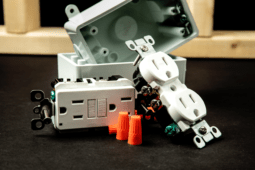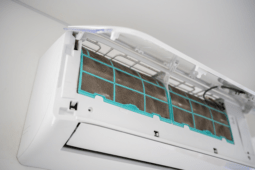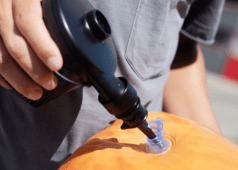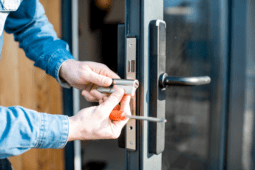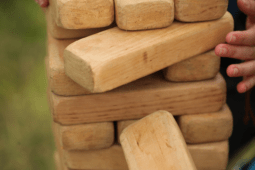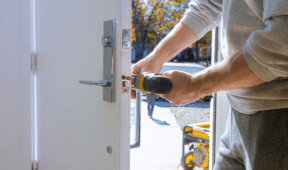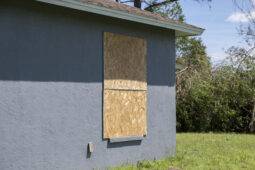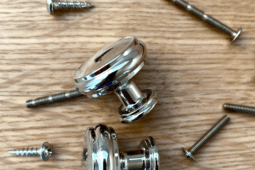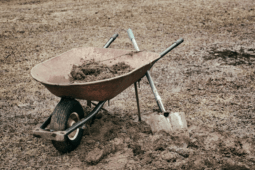How To Fix Large Yellow Spots On Your Lawn
Yellow patches can show up fast and take over even a well-kept lawn just as quickly. Whether they come from pet urine, heat stress, pests, or something else, they can be tough to fix, but not impossible to deal with. With the right steps, you can bring back green, healthy grass and keep it that way. Here’s how to figure out what’s causing the damage and what to do about it.
What’s Causing the Yellowing?
Before you try to fix the lawn, you need to understand why the grass is turning yellow. Common causes include pet urine, lawn disease, compacted soil, pests, or too much fertilizer. Heat and drought can also stress grass. Look closely at the shape and location of the spots. Irregular, uneven patches often point to urine or pests, while more uniform yellowing might be from overwatering or fertilizer burn. Trying solutions without knowing the cause might only worsen your problem.
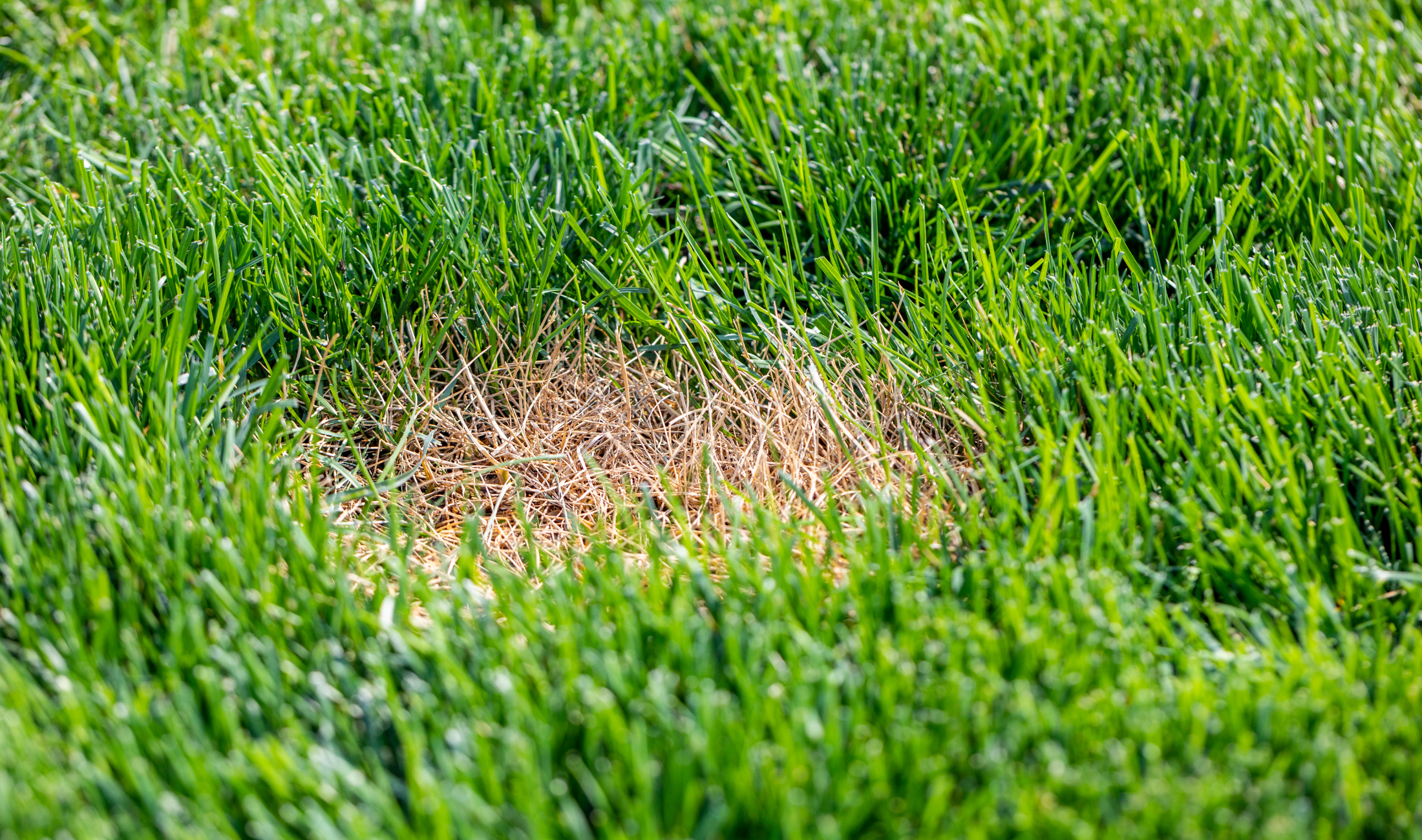
Water the Right Way
Overwatering and underwatering can both lead to yellow patches. Make sure your lawn gets a deep soak when you water it, as shallow/quick watering encourages weak roots, which can’t survive dry spells or heat. Use a sprinkler that gives even coverage and water early in the morning so the soil has time to absorb it before the heat of the day. During hot months, grass usually needs around one inch of water per week, either from rain or irrigation.
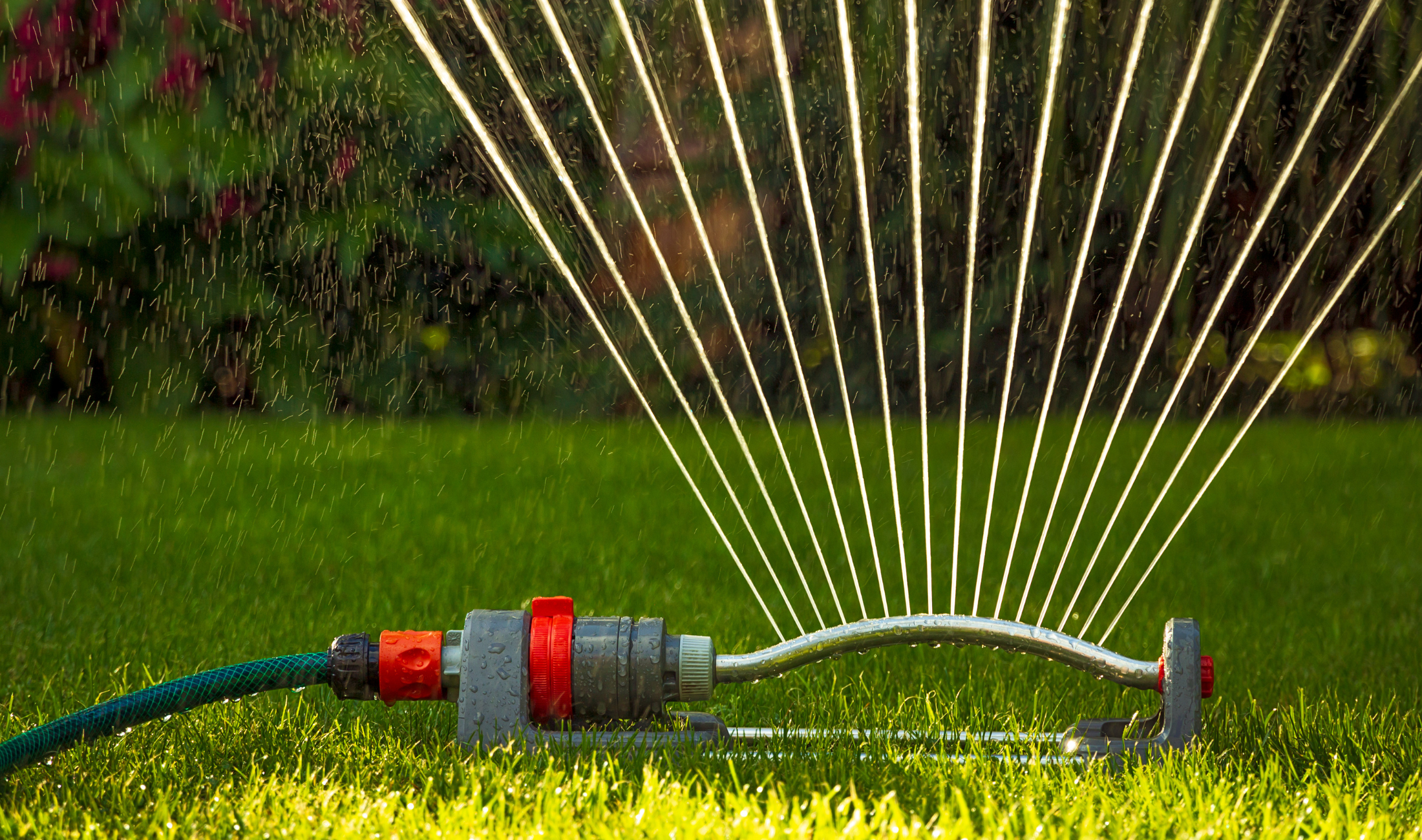
Damage from Pet Urine
If the yellow patches are surrounded by darker green grass, pet urine is likely the problem. The high nitrogen levels in urine burns the grass in the center, which then bleeds into the area around it. To fix it, start by soaking the spot with water to dilute the buildup, then rake out the dead grass and reseed the area. Training your pet to go in one part of the yard or rinsing the area right after they go can help prevent future damage!
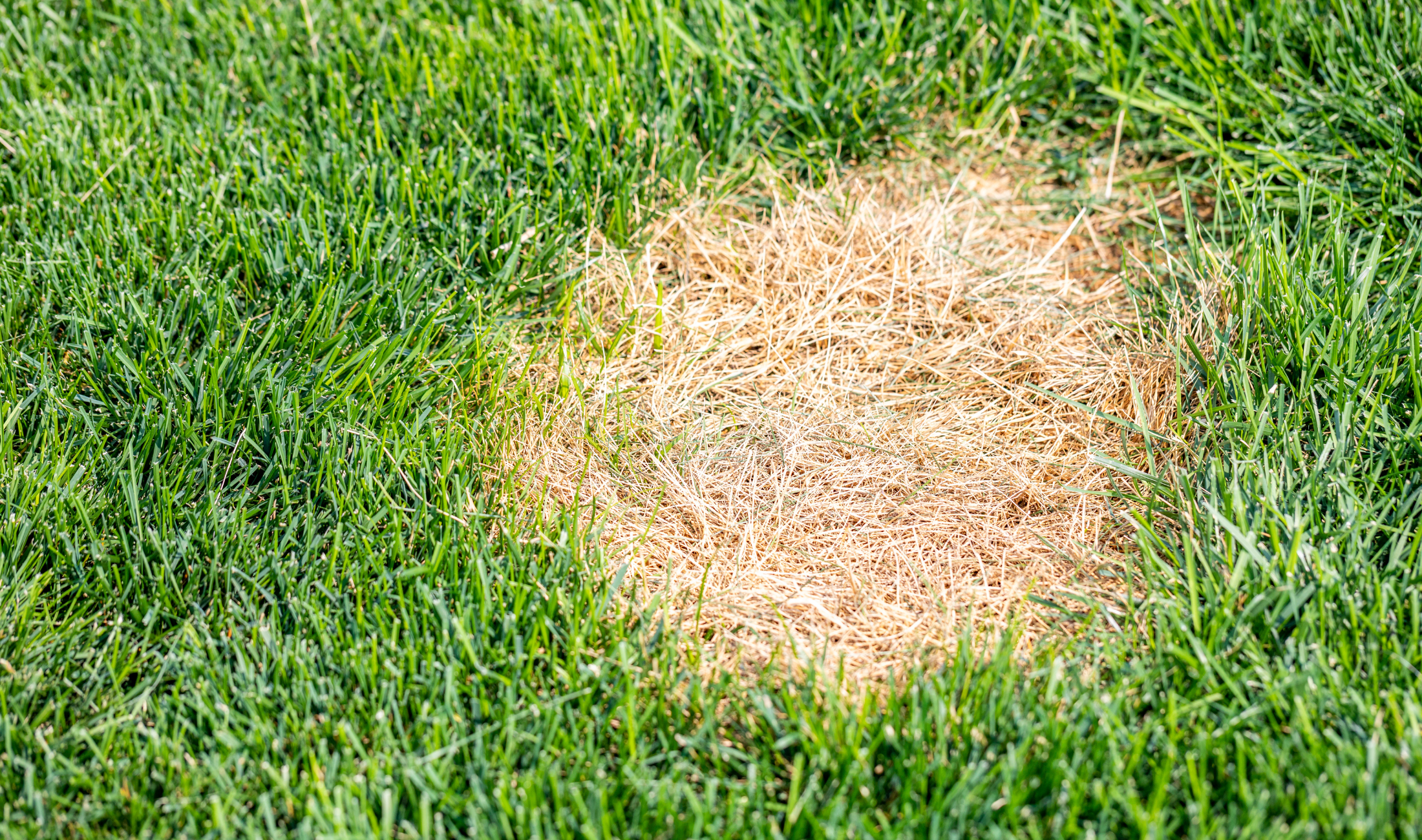
Compacted Soil
Hard, compacted soil stops water, air, and nutrients from reaching the your grass’ roots. This can slowly kill your grass and cause yellowing in patches. To loosen up the soil, use a manual or mechanical aerator to pull out small plugs across your lawn or the affected area. Try to do this during the growing season so the grass can recover quickly. After aerating, spread compost or a light layer of topsoil to improve soil structure and feed the roots. This helps the lawn grow back stronger and greener.
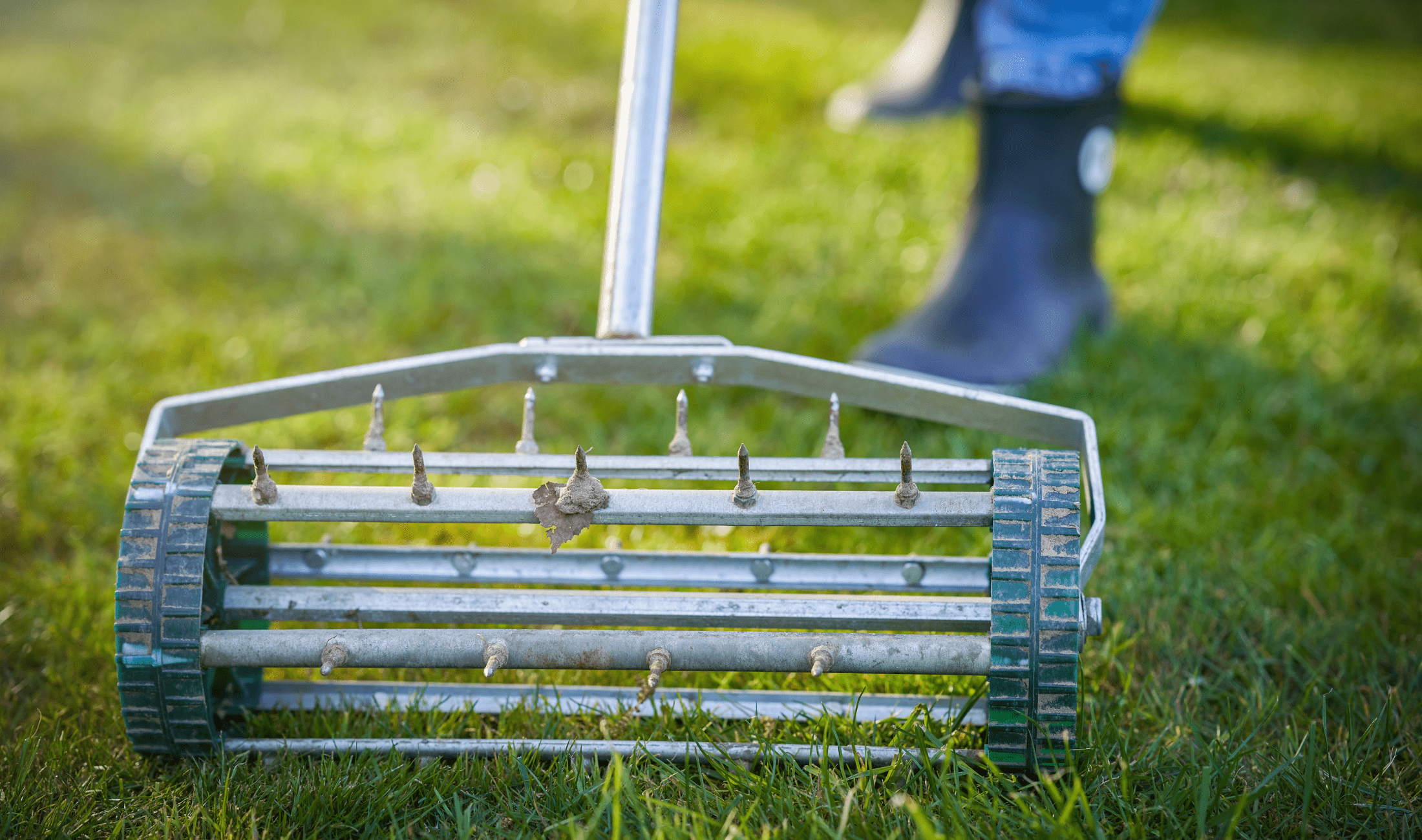
Pests or Lawn Disease
If watering and soil fixes don’t work, the issue may be pests or disease. Grubs feed on grass roots and can leave large yellow or brown patches. Fungal diseases like dollar spot or brown patch can also kill sections of grass. To confirm, check in your grass for larvae, webbing, or discolored blades. Use the right treatment based on what you find. There are organic and chemical options available, but always follow label directions carefully no matter which direction you choose.
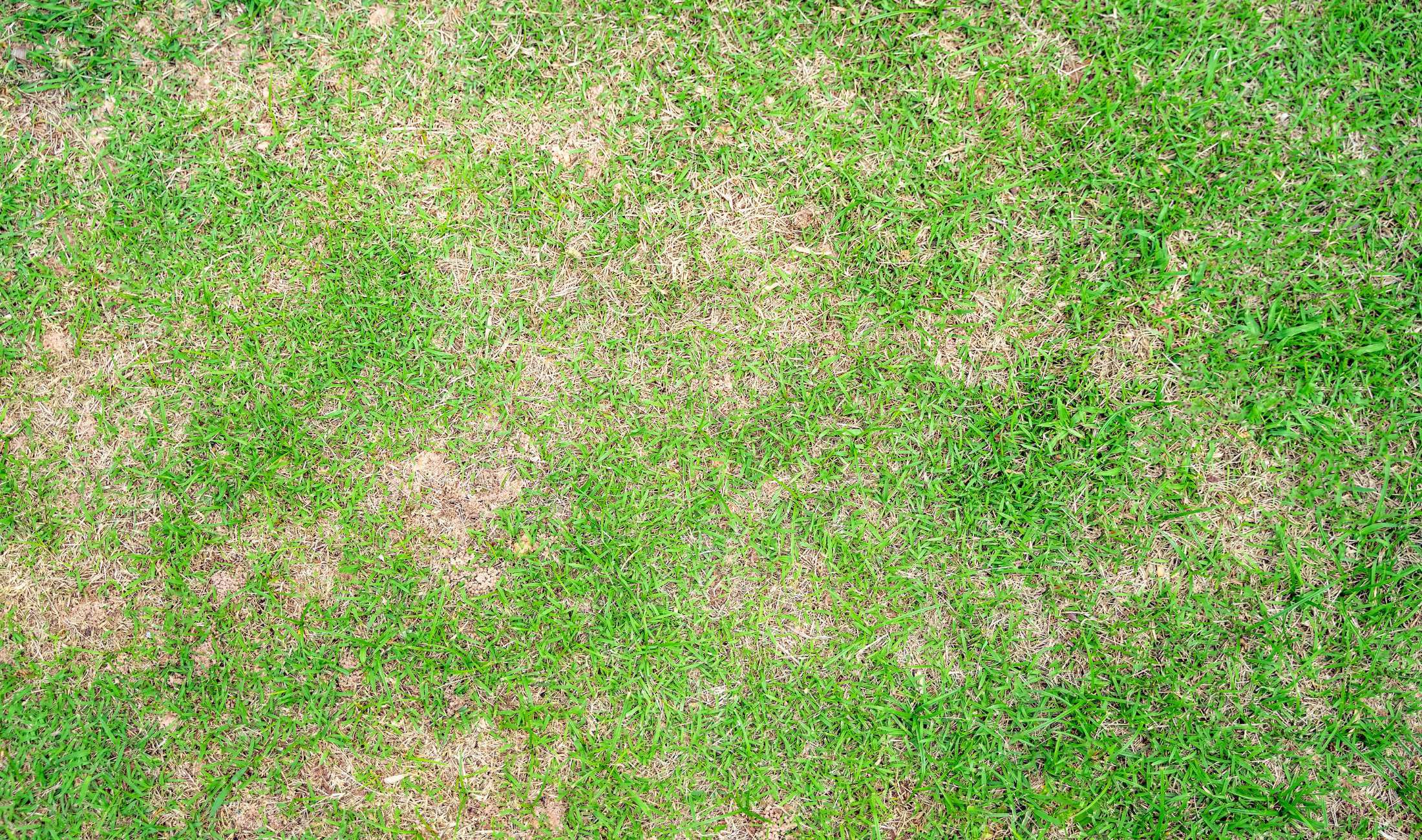
Rake and Reseed
Once the problem is fixed, the yellow patches need help regrowing. Rake away the dead grass to clear the area, loosen the top layer of soil and scatter new grass seed that matches the rest of your lawn, then lightly cover with soil and keep the area moist until it starts sprouting. Avoid walking on it as it grows. Once the new grass takes hold, mow it as usual and keep up regular care to prevent future problems.
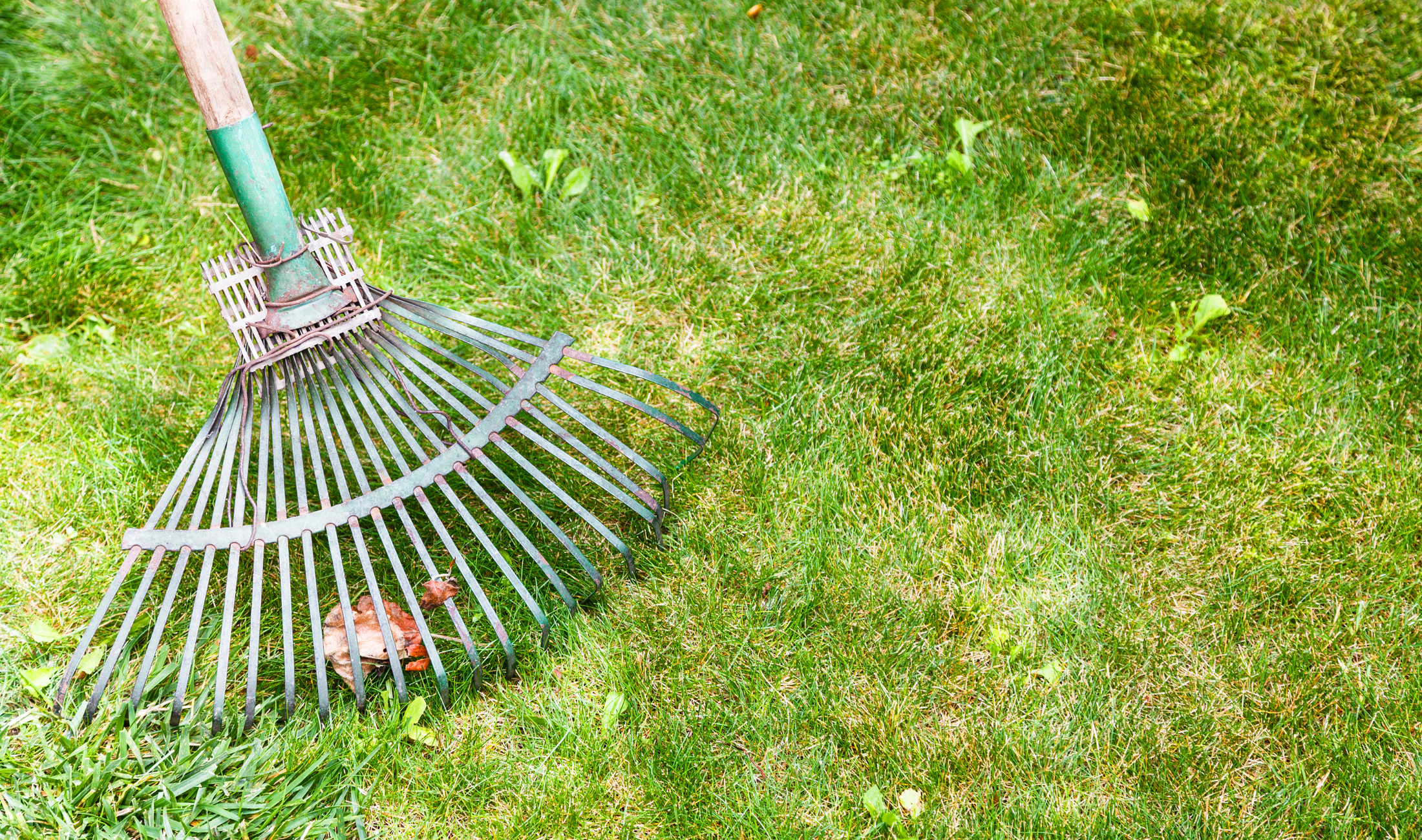
Related Articles
- Professional Say This Is The Best Time Of Day To Water Your Lawn
- Forget Your Grass Lawn, Try These Low-Maintenance Alternatives
- Mowing Your Lawn This Way Stops Weeds From Spreading
Large yellow spots may look like the end of a healthy lawn, but they’re often just a sign that something needs changing. With some time, the right tools, and good habits, you can bring your grass back to green, luscious life. Remember that learning what caused the damage in the first place is the best way to avoid seeing it again.

